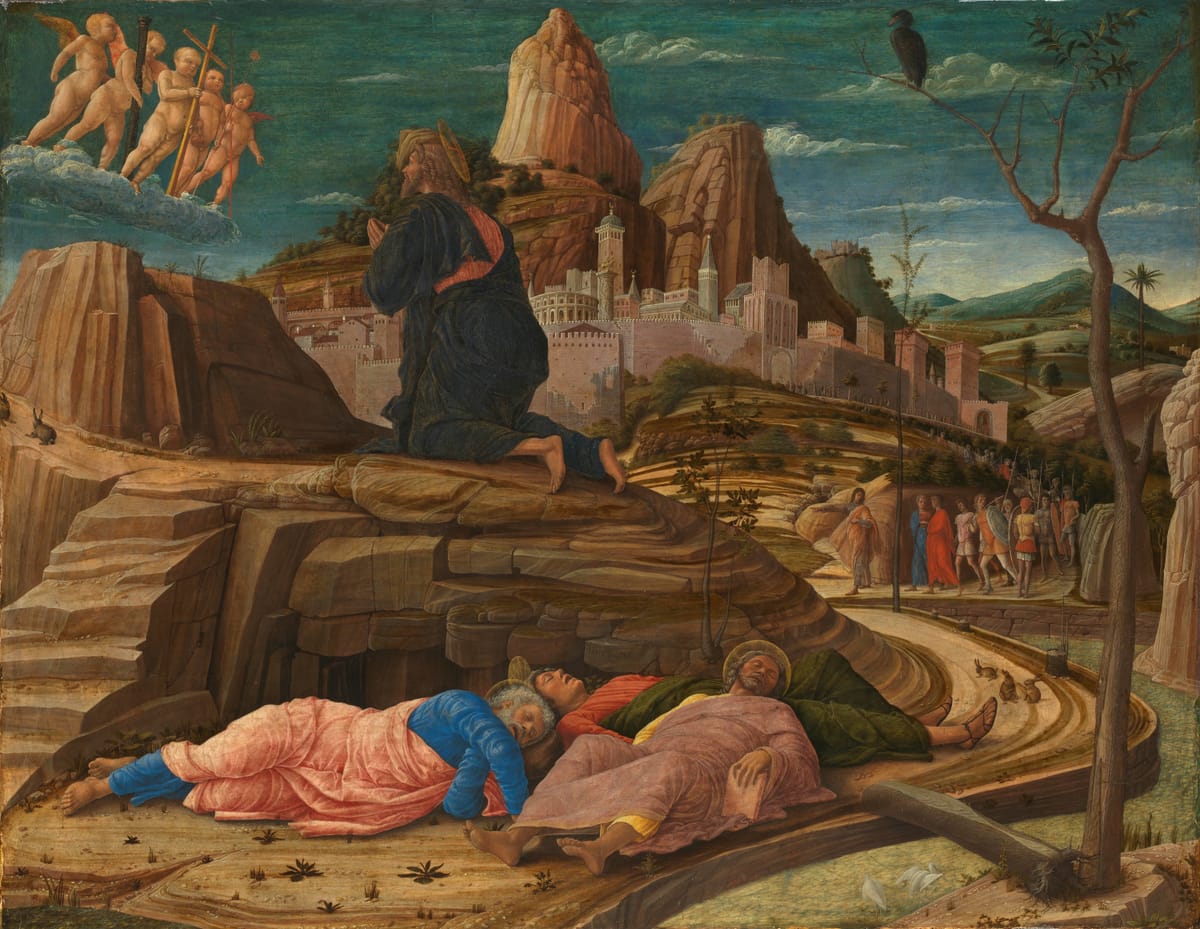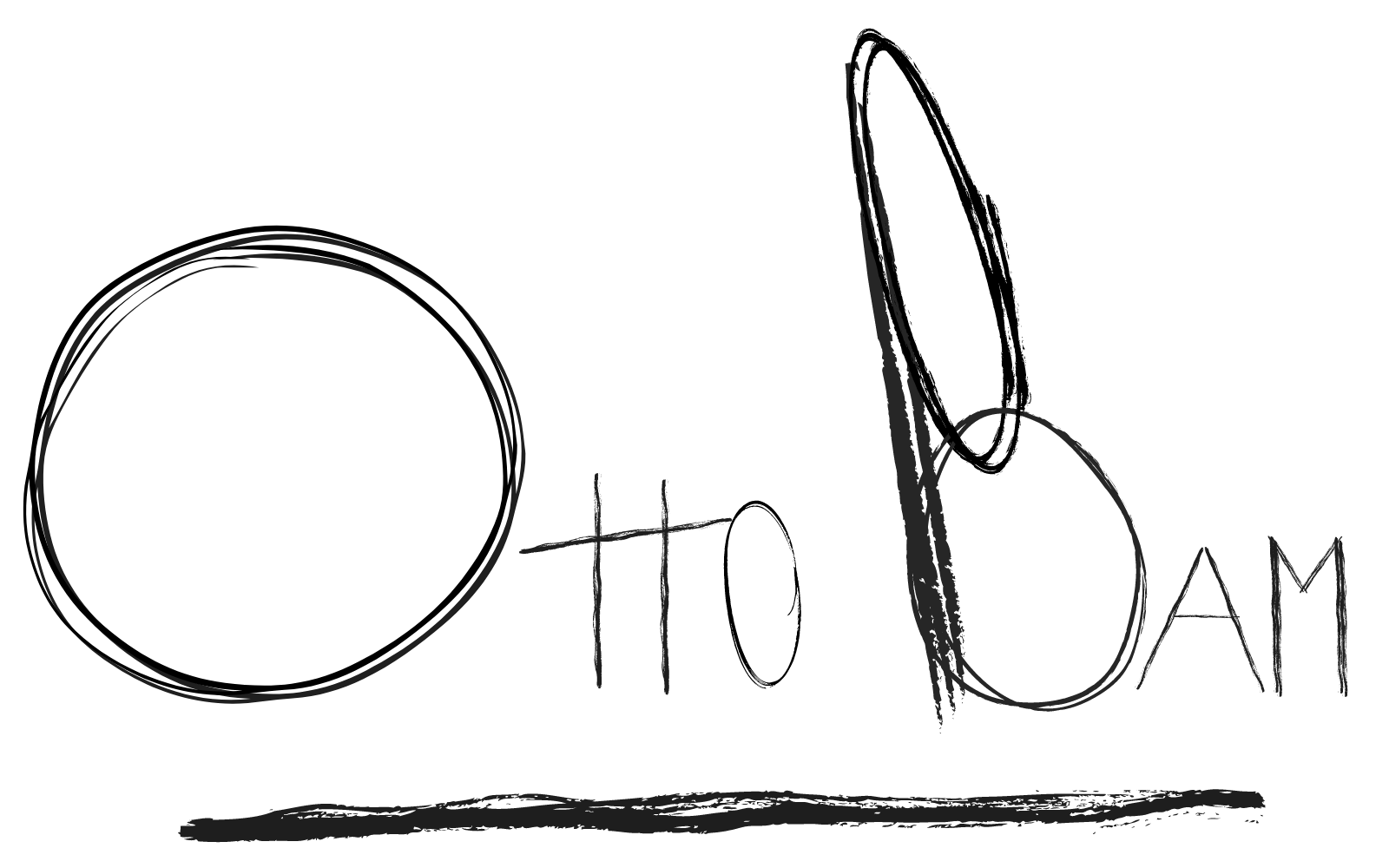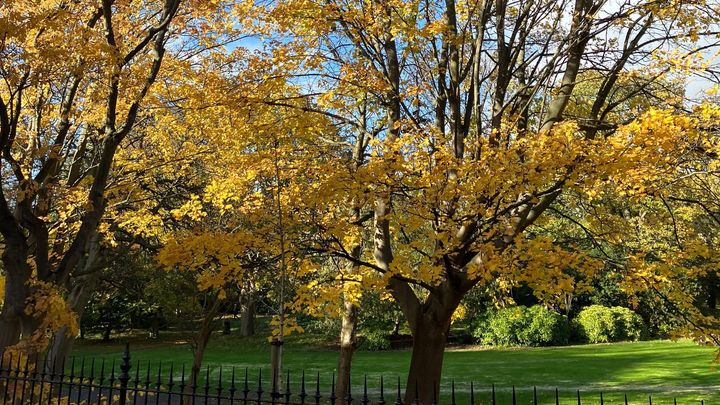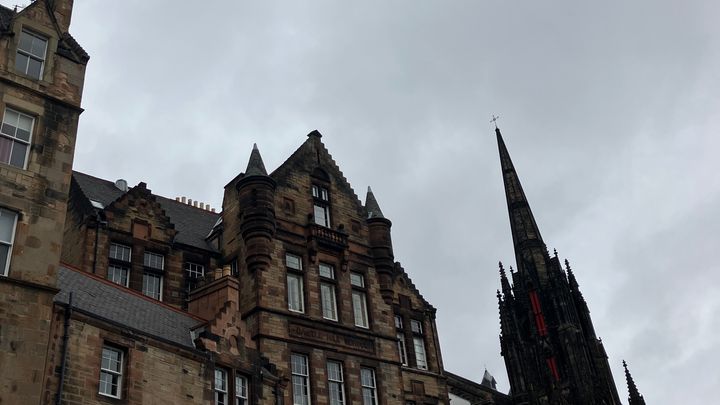A Lenten Reflection: The Agony in the Garden
Mantegna’s "The Agony in the Garden" helps us consider the moment in the garden as it relates to our anticipation of Easter – it lays bare the lengthened hours before Christ’s betrayal and torture and death.

This piece was originally delivered on the 7th of March, 2024 as a "visio divina," during The Kirby Laing Centre's Lenten Prayer gathering.
It is good that we have seasons as well as feasts.
Seasons are the prolonged periods spanning the spaces between the significant events we celebrate in the church. Our lives are not always eventful, exciting, exhilarating. And neither should our calendar be. The Gospels, likewise, not only relate the singular big events – baptism, death, resurrection – but also give an account of the in-between times, the times of withdrawing, of solitude and fasting. After his baptism, Jesus spends forty days in the desert where he is tested.
It is during Lent that we enter into this in-between time, anticipating Easter.
The word Lent means Spring – but the word also has traces of an old Germanic term meaning “lengthen” – Spring is after all a period during which there occurs a lengthening of days. We know that days of fasting are days that can feel longer than other days. These days teach us to hold fast – to persevere, during the doldrums of life. We learn how to cry out when all our wells run dry, and all our bread has gone stale.
The Gospel of John reads in concentric circles, gradually closing in on the events on which all history – and our salvation – will turn. Everything intensifies as we close in on Jesus’ crucifixion. At Passover, in the upper room, the smallest circle begins as we approach the very heart of reality – Jesus has the last supper with his disciples. And then he moves, not to a desert, but to a garden.
Mantegna’s The Agony in the Garden helps us consider this moment of pressure and of stretching – the lengthened hours of anticipation before Christ’s betrayal and torture and death. The painting shows Christ surrounded on all sides. He is kneeling at an altar of stone, which represents his sacrifice. The contours of stone unfurl from the shard-like mountains in the distance, down the road, coiling around into the foreground, and around Jesus where he prays, like a noose or a serpent. In front of him, to quote John Drury, “Five solid and aggressive cherubs … push the instruments of his death at him.” To the right of the painting approaches Judas, his betrayer, followed by a band of armed men. In a bear tree a black vulture is perched: a harbinger of death. Notice also the rotting tree, delivering a similarly dark prophecy. Jesus’ friends, a symbol of apathy, are fast asleep during his hour of need.
For both Jesus and the disciples, the time in the garden passes slowly, time is lengthened. For Christ, the night is long because of the distress of knowing what is to come. For the disciples, the night is long because of ignorance – they are weary, with no sense of urgency to keep them awake. They had been instructed "to watch" with Jesus, but it is exactly vision that they lack – for they cannot see what is unfolding around them, they do not know the season. The contrast between the disciples and the Christ brings a paradox into relief – Christ is fully man, but so utterly different from us. He is what we ought to be on our behalf.
While we can to an extent enter into Christ’s suffering in the desert during Lent, and the intensification of that suffering when we think of the garden of Gethsemane, we know that ultimately we are best represented by Mantegna’s sleeping disciples (or worse, Judas?), who cannot take the cup intended for Christ. We depend on Christ to drink the cup we cannot bear. We enter into Christ’s victory, but only because he enters into our defeat.
Mantegna’s depiction of the stone at which Christ kneels is meant to remind us of a church altar where the congregation receives the sacrament. It is during holy communion that we are fed by Christ's body and blood. May we remember during this season, even as we fast, that we can drink of the cup of life, because he did not refuse the cup of death.
Let us keep the fast as well as the feast.


